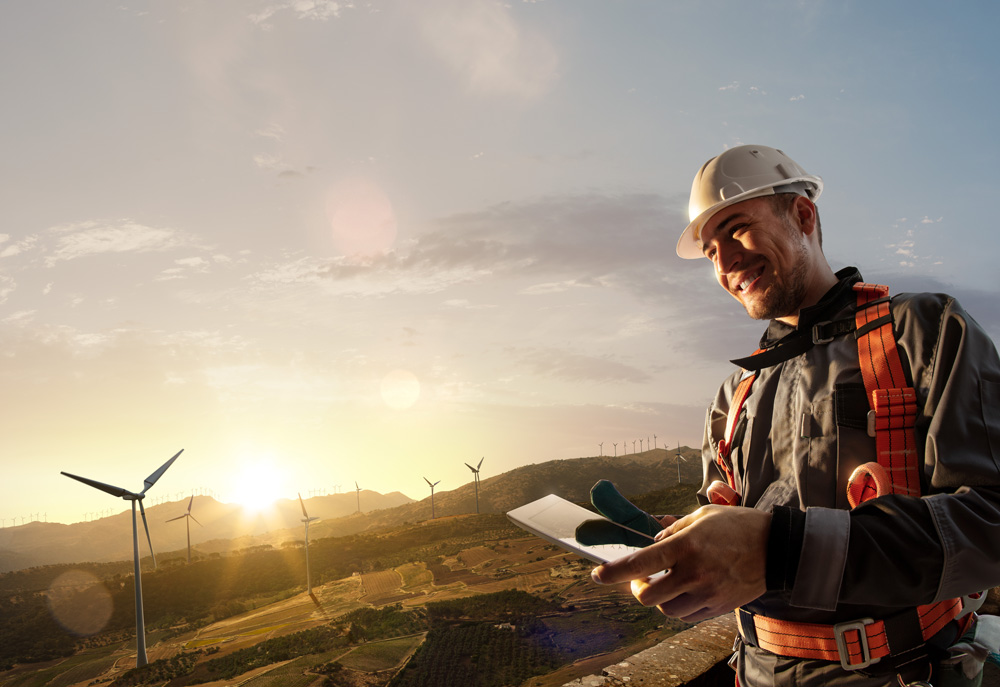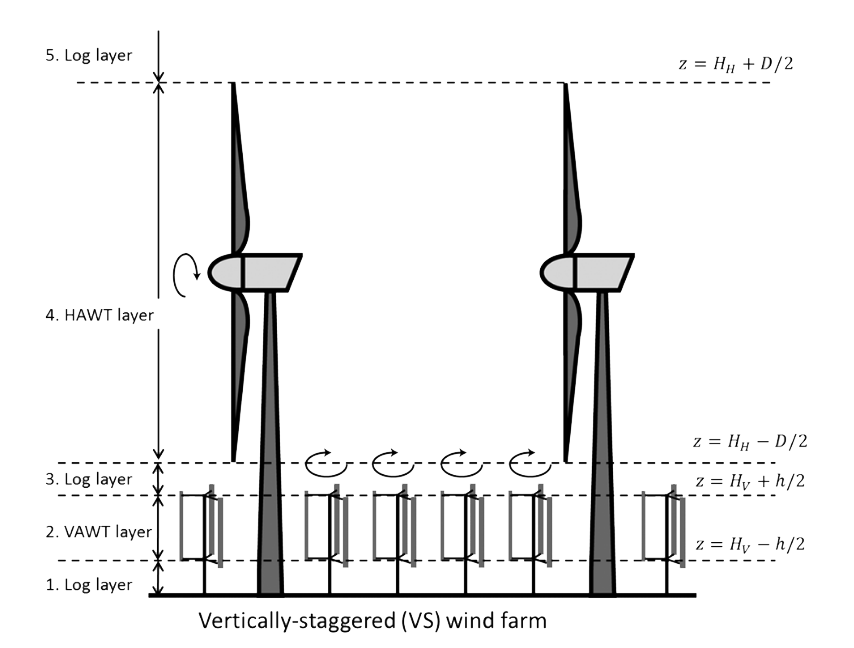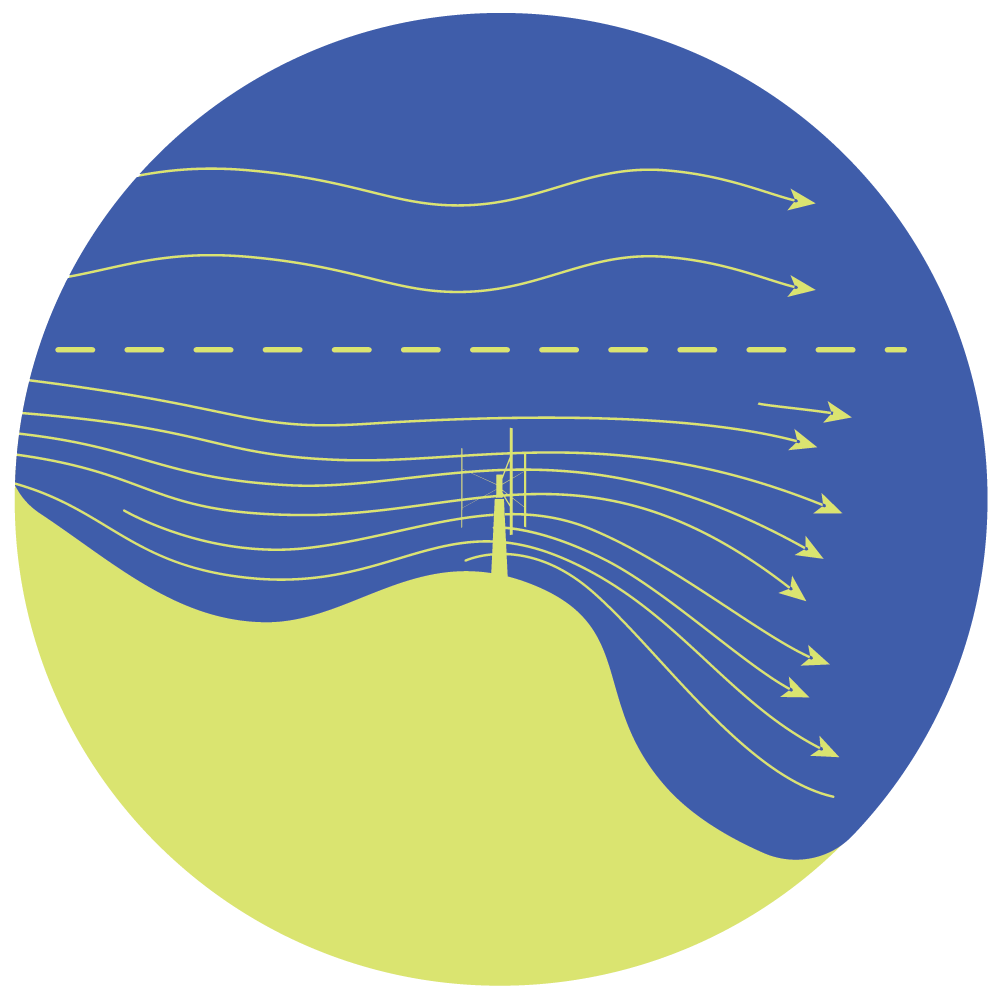It’s an easy decision to make. Your wind farm has excellent wind speeds and a low wind shear. The average annual wind speed at 15m above the ground is 90% of the wind speed at your turbines’ 60m hub height. You own the land. The zoning, roads and infrastructure are in place. You are confident in the modeling that arrays of Wind Harvesters won’t cause harm to your existing fleet of turbines. The demand for more energy production is there. Of course you’d want Wind Harvesters.
The Wind Farm Market Potential
Our analysis shows 20% of wind farms have sufficient mid-level wind speeds to add short, tightly-spaced, vertical axis wind turbines under and around existing turbines. As of the end of 2020, 20% equated to 140+ gigawatts of potential for VAWTs in the understory of wind farms. This should double by the end of the decade and create a $600B worldwide opportunity.
Add in the opportunity for VAWTs in stand-alone wind farms, green hydrogen gas facilities, the distributed energy grid and demand from high energy using facilities, and the market size by 2030 should exceed $1 Trillion.
For examples of the potential, see these reports on California’s Wind Resource Areas – San Gorgonio Pass, Solano, and Tehachapi.

Capacity Factor Enhancement
Wind Harvesters can be added to the understories of wind farms without needing to add new transmission lines and a substation. The number of new turbines will depend on numerous factors. In general, the lower the capacity factor or the wind farm the higher a percentage of Wind Harvesters can be added. Many should be able to add 25% (see Use Case below).
Benefits of adding a Capacity Factor Enhancement Project include:
- 1
Producing inexpensive energy from an existing excellent wind resource
- 2
Making more use of existing land, roads and infrastructure.
- 3
Cherry picking the windieds locations to add VAWTs.
- 4
Reducing wear and tear of the tall turbines because they can pitch their blades before it becomes super windy and gusty.
Synergy in Wind Farms
When strategically placed, Wind Harvesters and propeller-type turbines work synergistically to increase each other’s energy output while using land already developed for the tall wind farms, causing minimal incremental environmental impacts. Wind Harvesters can create synergy in wind farms in the following ways:
Vertical Mixing
Closely spaced co-rotating and counter-rotating H-type turbines like Wind Harvesters create wakes that will draw faster wind from higher altitudes toward the ground. This effect increases the energy produced by the tall turbines and allows us to place rows of Wind Harvesters close together in a tall turbine wind farm. This phenomenon is called vertical mixing. Researchers at CalTech, Stanford, Concordia, Oxford Brookes, and other universities have documented and modeled this powerful effect.

Sketch of the five layers in the vertically-staggered mixed wind turbine array boundary layer. Credit: Benefits of Co-locating Vertical-Axis and Horizontal-Axis Wind Turbines in Large Wind Farms. Shengbail Xie, Cristina Archer, Niranjan Ghaisas and Charles Meneveau, Wiley Online Library, 2016
How does vertical mixing help increase wind speed?
- The vortices shed by the straight blades of H-type turbines produce a low-pressure zone behind the turbines. This lower pressure speeds upwind through the rotors of Wind Harvesters and propeller-type turbines.
- The vortices from a field of Wind Harvesters cause vertical mixing and “roughness.” This effect lowers the localized aerodynamic boundary layer. With the boundary layer closer to the ground, faster velocity wind from higher altitude moves into the rotors of the tall propeller-type turbines.
Modeling indicates that adding rows of H-type turbines into a wind farm could increase the taller turbines’ energy output by 10%.



